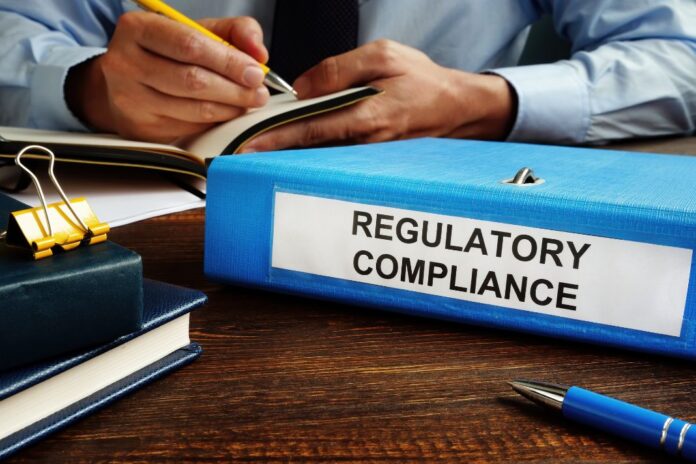In the rapidly evolving landscape of Indian healthcare, access to high-quality diagnostic imaging is more critical than ever. To meet the demands for advanced radiology and patient care, healthcare facilities are increasingly turning to refurbished imaging equipment. However, ensuring patient safety and regulatory compliance remains paramount. In this article, we will explore how regulatory compliance and quality assurance are key to ensuring the safety and effectiveness of refurbished imaging equipment in the Indian healthcare setting.
- Regulatory Framework in India:
Before diving into the world of refurbished imaging equipment, it’s crucial to understand the regulatory framework governing medical devices in India. The Medical Devices Rules, 2017, lay down the regulatory requirements for the import, manufacture, sale, and distribution of medical devices, including imaging equipment. These regulations aim to safeguard patient safety and the quality of healthcare services.
- Vendor Selection:
The foundation of ensuring safety with refurbished imaging equipment lies in selecting reputable vendors. Look for vendors with a proven track record in refurbishing medical equipment and a commitment to regulatory compliance. Verify that they adhere to the guidelines set forth by the Indian regulatory authorities.
- Quality Assurance Processes:
Reputable vendors of refurbished imaging equipment follow stringent quality assurance processes. This includes thorough inspections, repairs, and upgrades to ensure that the equipment performs at or above the original manufacturer’s specifications. Quality assurance measures should align with Indian regulatory standards.
- Documentation and Certification:
When procuring refurbished imaging equipment, insist on comprehensive documentation. This should include details about the equipment’s history, previous usage, maintenance records, and refurbishment processes. Look for equipment that meets or exceeds relevant Indian certifications and standards.
- Safety Testing:
Prior to installation and use, refurbished imaging equipment should undergo rigorous safety and performance testing. This ensures that the equipment operates safely and consistently, delivering high-quality diagnostic results without compromising patient well-being.
- Warranty and Support:
Select vendors that offer warranties and after-sales support. A warranty provides a safety net, should any issues arise after installation. Reliable technical support ensures that healthcare facilities can promptly address any concerns, minimizing downtime and ensuring patient care continues uninterrupted.
- User Training:
Proper training is essential for healthcare professionals operating refurbished imaging equipment. Vendors should provide training programs to ensure that staff can utilize the equipment safely and effectively, minimizing the risk of errors.
- Adherence to Local Guidelines:
Indian healthcare facilities should ensure that their use of refurbished imaging equipment aligns with local guidelines and regulations. This includes obtaining necessary approvals and licenses to operate the equipment in compliance with Indian law.
Conclusion:
Refurbished imaging equipment offers an effective way to provide advanced diagnostic services in Indian healthcare while managing costs. However, patient safety and regulatory compliance should never be compromised. By selecting reputable vendors, verifying compliance with Indian regulations, and prioritizing quality assurance processes, healthcare facilities in India can harness the benefits of refurbished imaging equipment while ensuring the highest standards of safety and patient care. Compliance and quality assurance are the pillars upon which the successful integration of refurbished imaging equipment in Indian healthcare rests, offering a win-win solution for both providers and patients.








